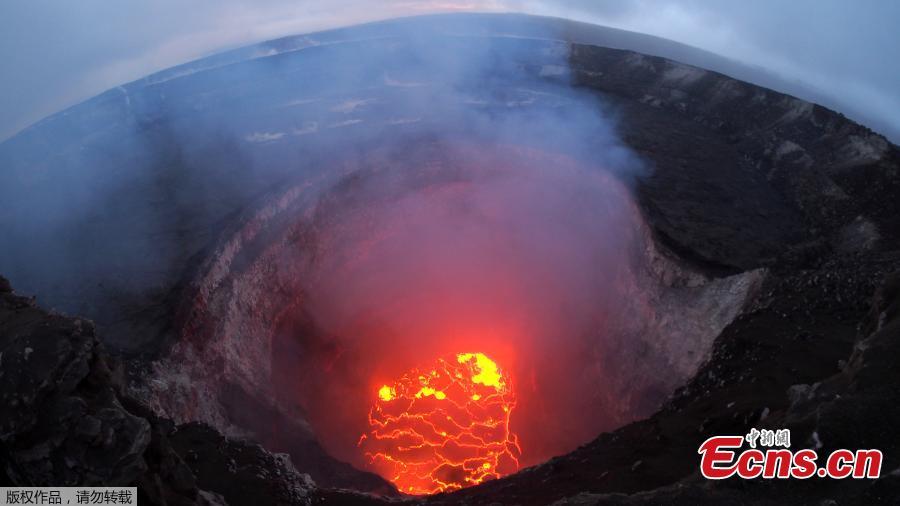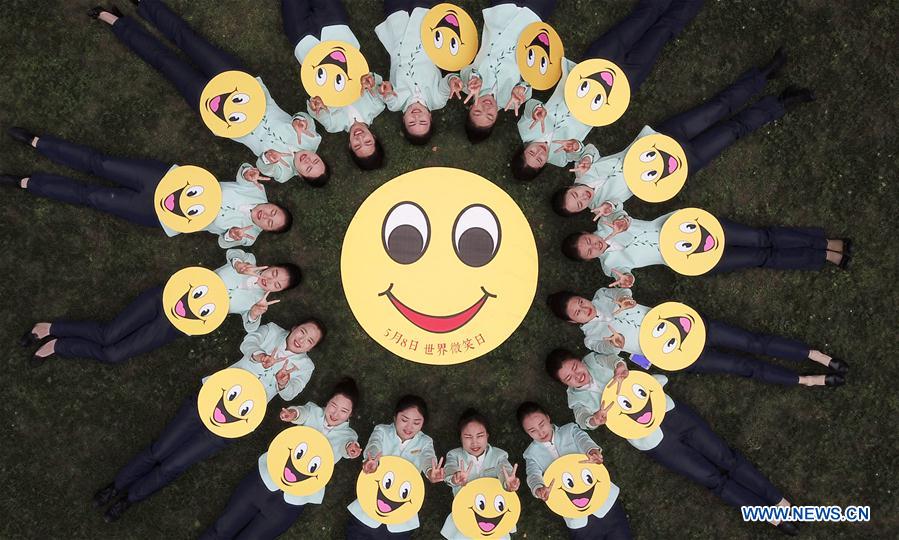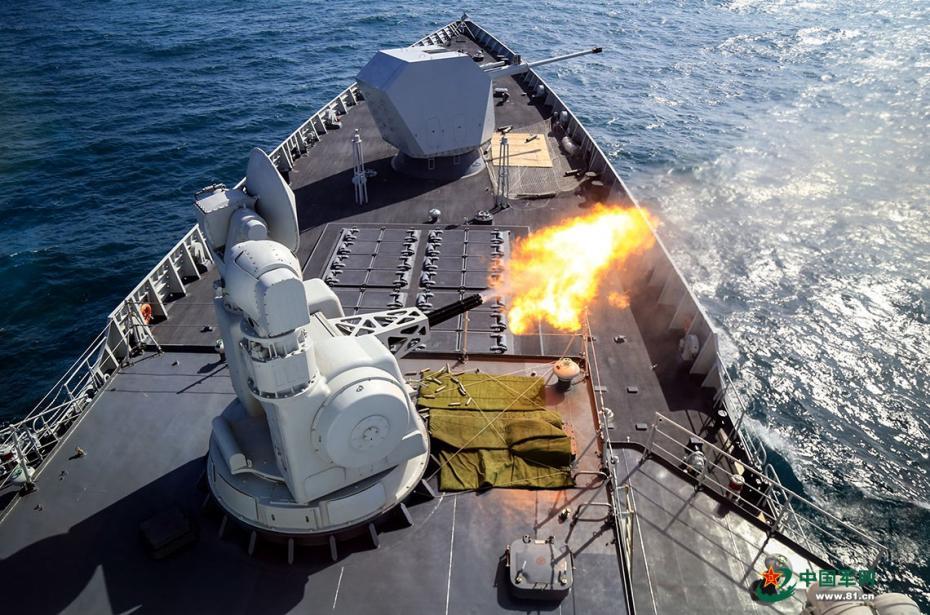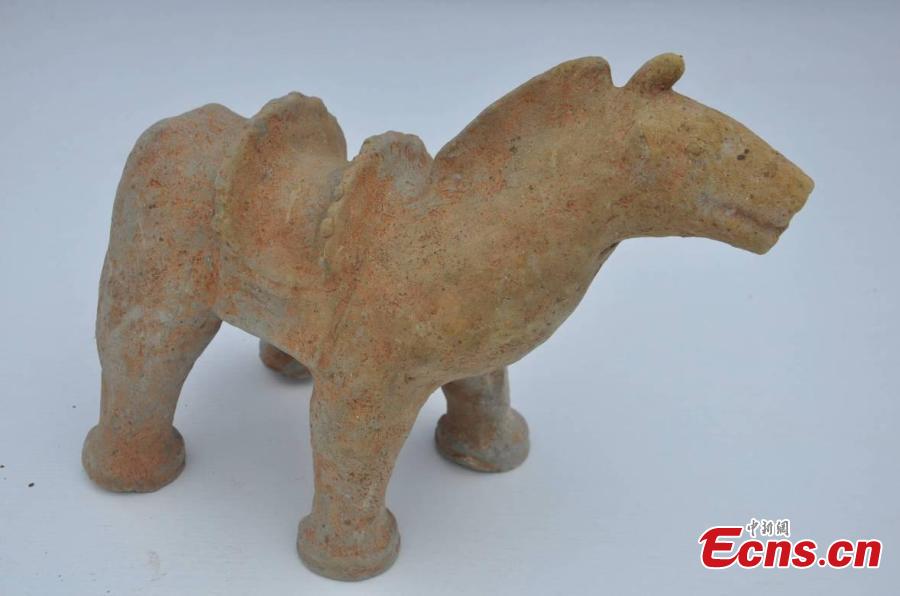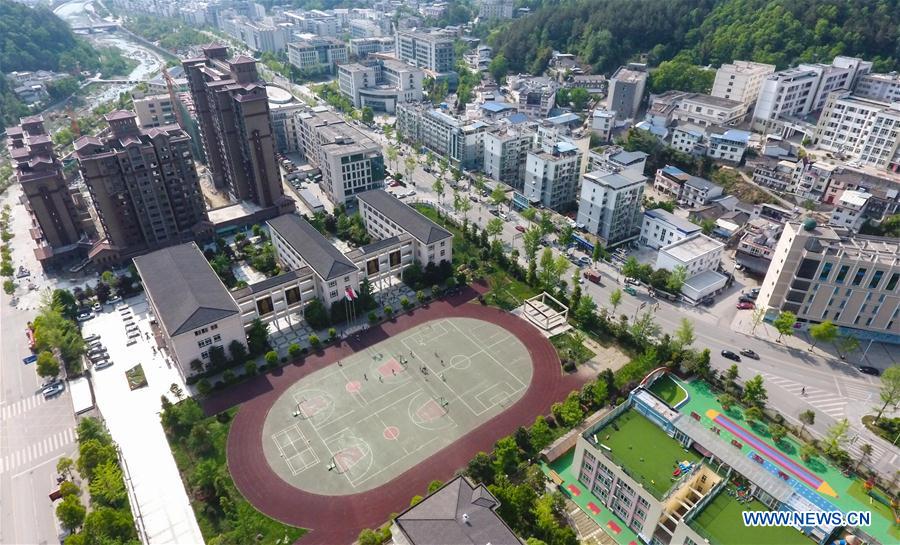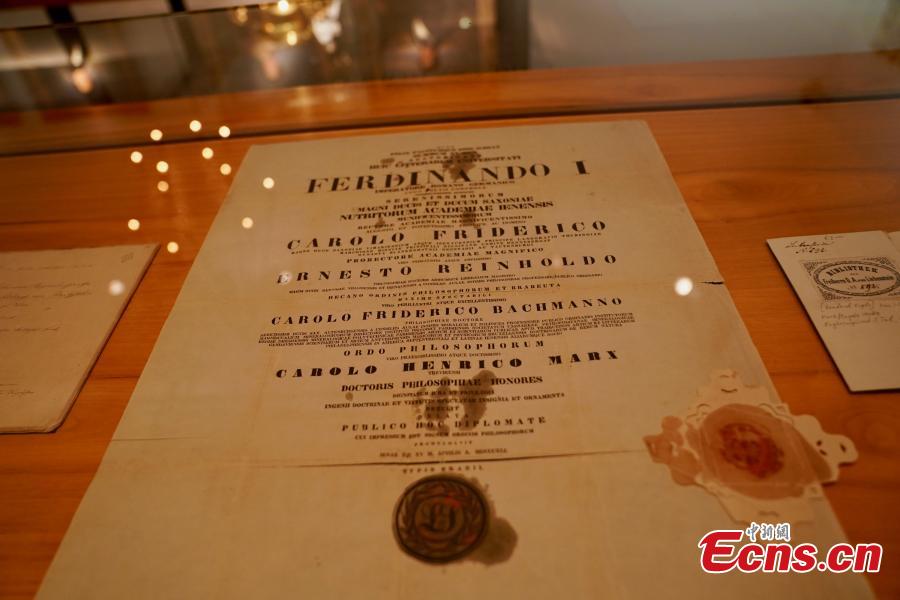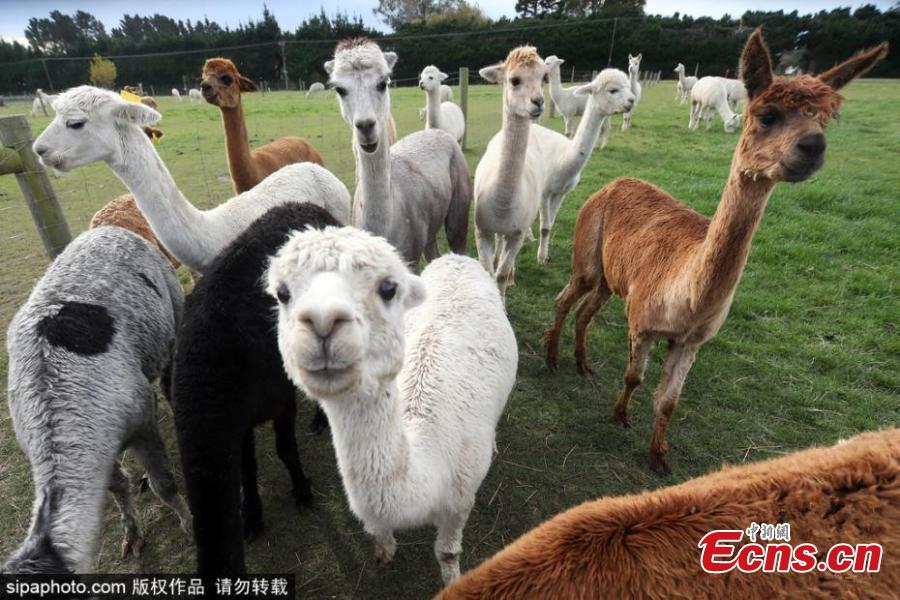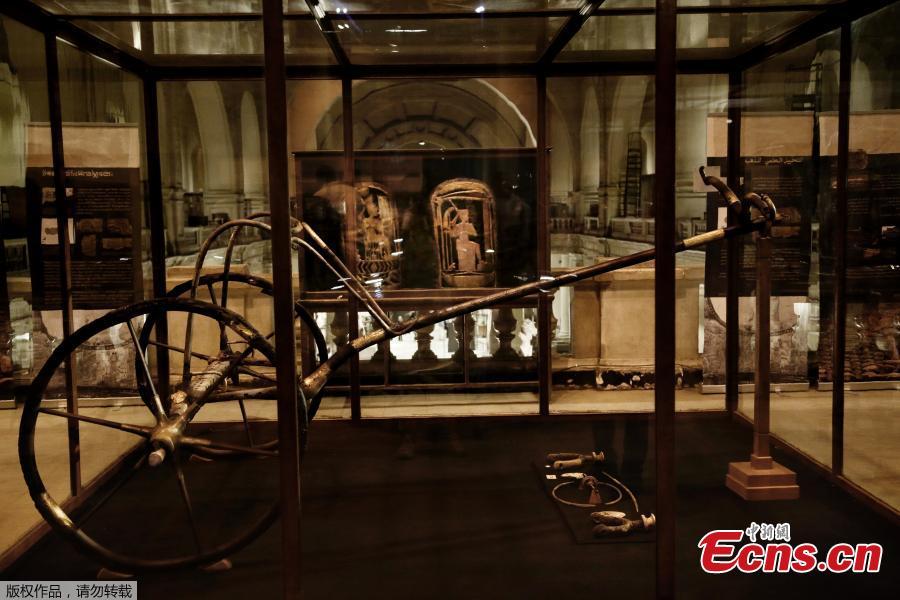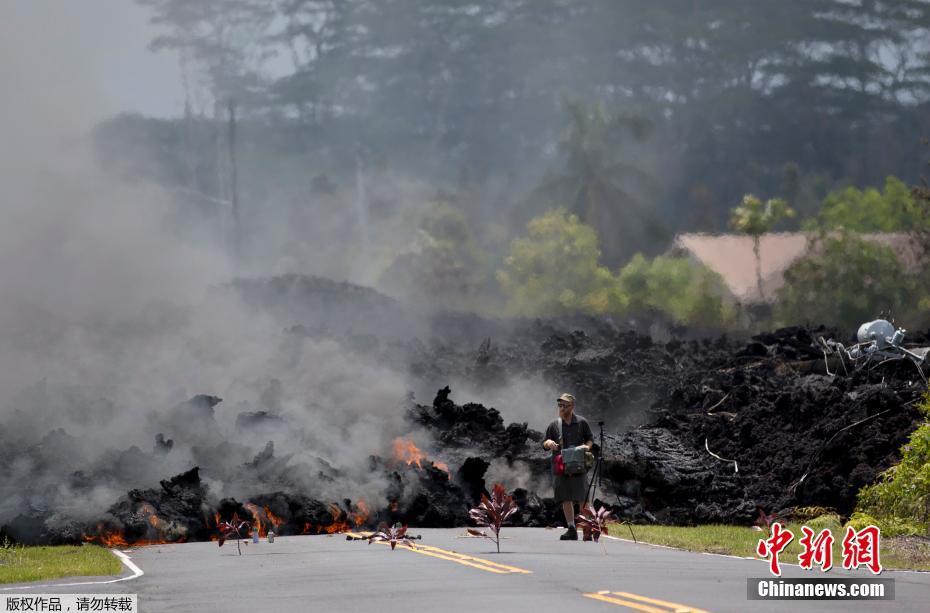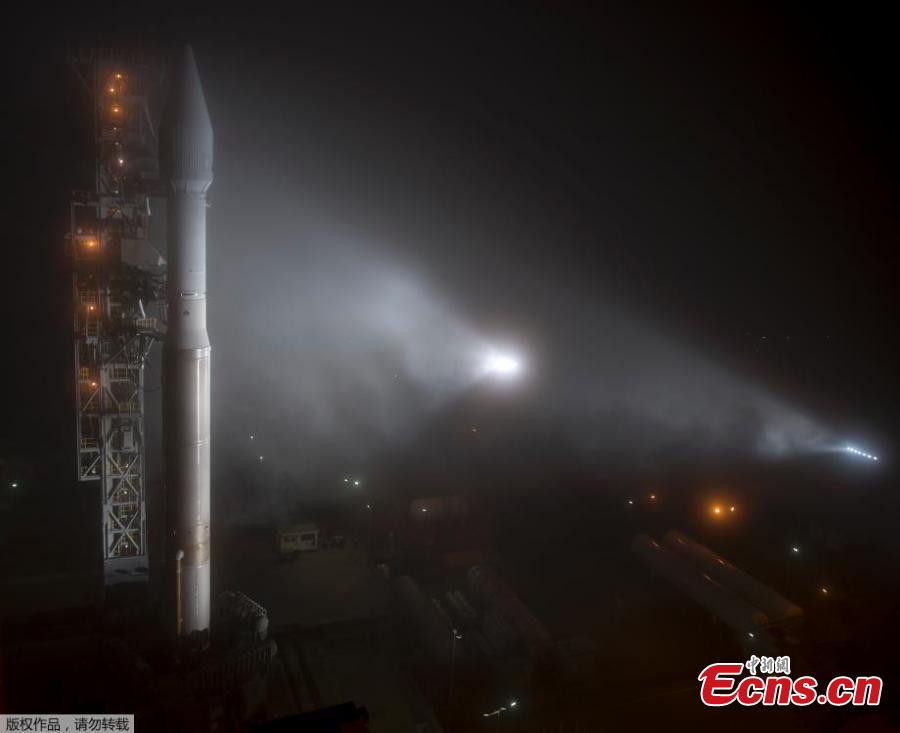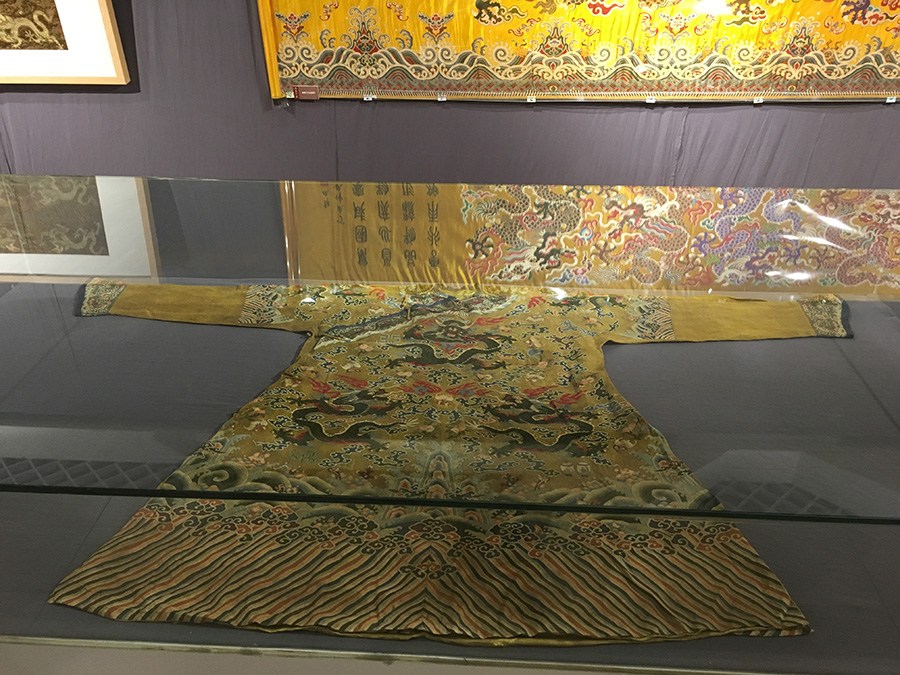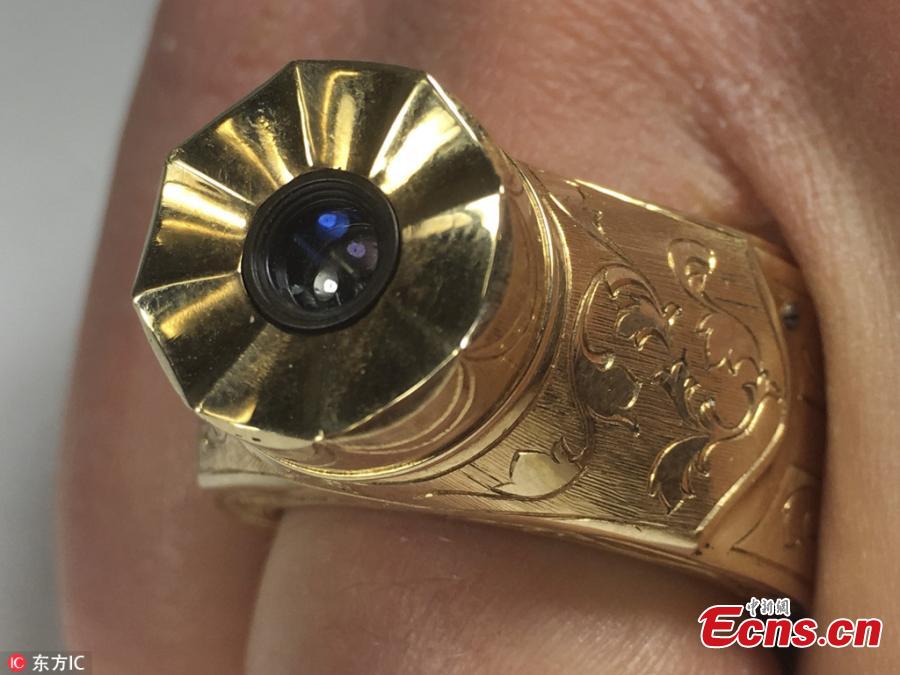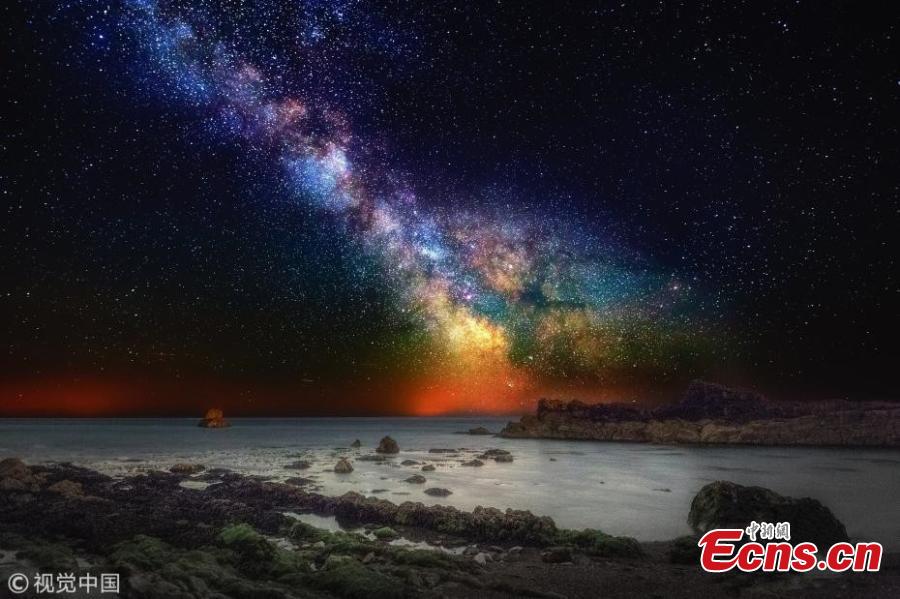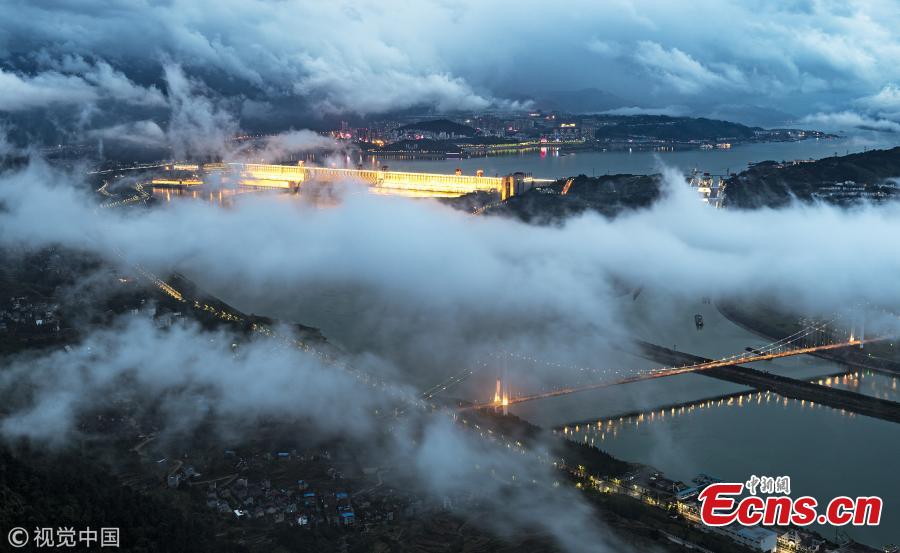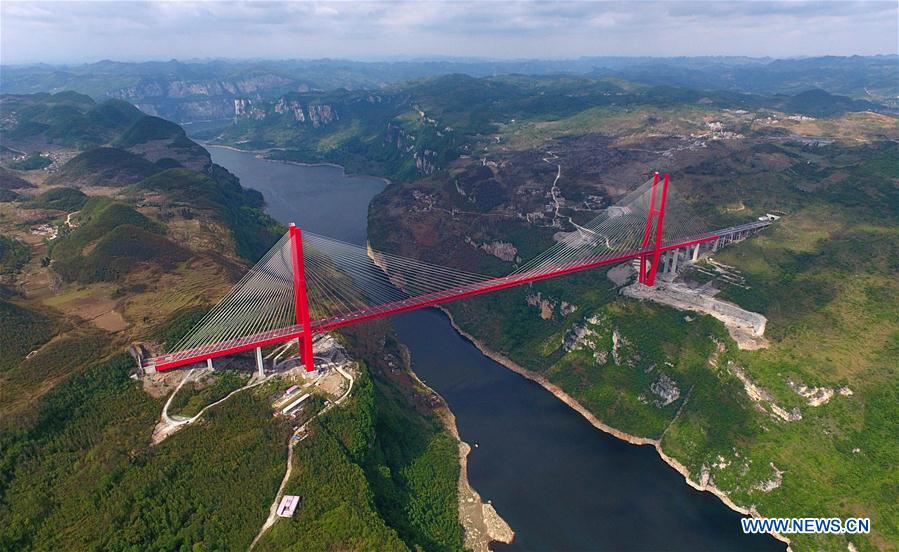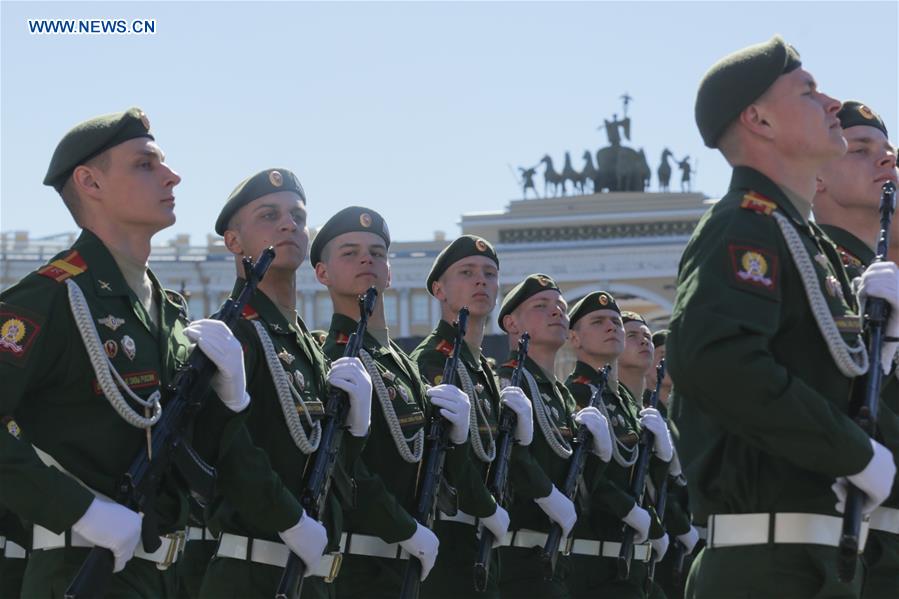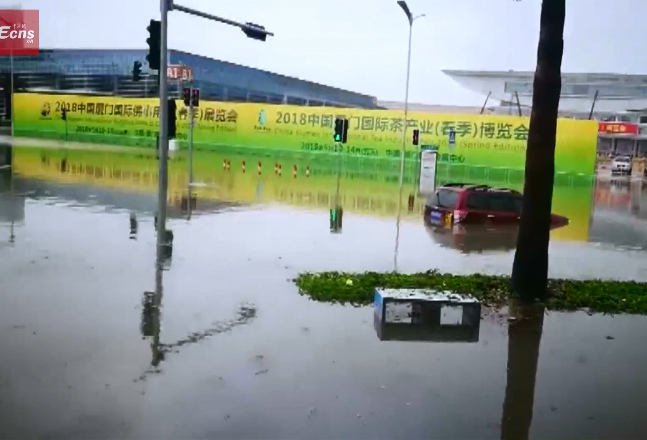
Wu Xianbing (right) speaks with the widow of a Chinese soldier who died fighting the Japanese in 1941. (China Daily)
Wu Xianbing was 21 when he was asked to play a video cassette whose contents scar him to this day.[Special coverage]
"I was a technician at Nanjing University and Gao Xingzu, the professor I was assisting, was a member of the history department," the 53-year-old recalled.
"After setting up the machine for him, I left-after all, why would I be interested in some boring historical stuff? After a couple of minutes, I returned. I felt obliged to be there and show respect to someone very senior to me. So, I opened the door gingerly, and through the crack I saw black-and-white video footage."
Wu sat beside Gao as the footage rolled. There were no sound bites or subtitles, but the images spoke-"cried out" in Wu's words-for themselves.
"An old man was holding a small boy, presumably his grandson, and standing amid a sea of human remains. This was quickly replaced by an old lady. She had bound feet and wore a traditional high-collared suit and an indescribable expression. Not far away from her lay a jumbled pile of bodies," Wu said. "I felt like my nostrils were filled with the stench of death. My stomach contracted in spasms."
It took a long time for those feelings to subside. By then, the footage had finished and Gao had left the room.
"Before he left, he told me that this had happened in our city in December 1937. The images had been filmed by a man from the United States named John Magee. It was the Nanjing Massacre. I'd heard about it long ago from my grandfather, but believe me, nothing prepares you for that sort of brutality," he said.









